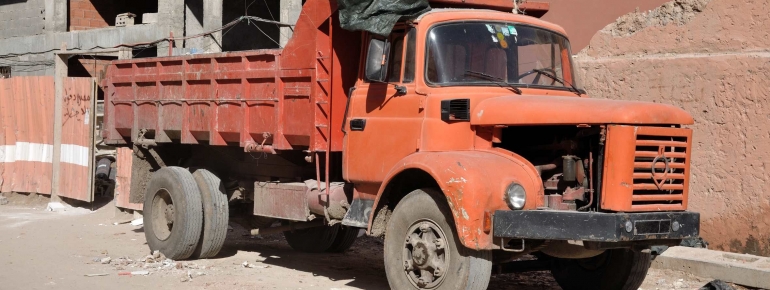Laâyoune: Improving urban living conditions

The Region
The region of Laâyoune-Boujdour-Sakia El Hamra is located in the Western Sahara territory of Morocco.
It covers an area of 139 480 km² with a population of 256 152 inhabitants. The region includes the provinces of Laâyoune, Boujdour and Tarfaya. The capital of the region is Laâyoune. With a population of approximately 200 000 habitants, it is the largest city in estern Sahara.
The Moroccan Ministry of Housing and Town Planning, relying on the competencies of the Urban Agencies and Al Omrane Company, is in charge of carrying out a number of studies and projects aimed at increasing the quality of the urban environment and enhancing the attractiveness of the region’s cities.
The Challenge
Urban habitats have been long characterised by overpopulation and lack of basic facilities and accommodations, causing the flourishing of slums. With the aim of eradicating such habitats, the Moroccan government launched the programme ‘Cities Without Slums’ in 2004. Its objective was to make an assessment of the existing slums, together with the establishment of upgrading and re-housing programmes and the development of new urban areas. In order to identify existing slums and monitor the progress of the programme, conventional methods such as field visits/observation and the use of databases and statistics soon proved to be insufficient.
The Satellite Solution
In carrying out the programme, high resolution satellite images are used as a base to assess the state of slums and evaluate changes in terms of extension and demolition of shanties. Aerial images are then taken every three months in targeted areas, enabling the assessment of the programme’s progress by comparing images taken on different dates.
The programme was made possible thanks to the collaboration between the Ministry of Housing and Town Planning and the Royal Centre for Remote Sensing.
The Results
In July 2008, Laâyoune became the first South-Moroccan city to be declared “city without slums”. The demolition of the unhealthy habitats allowed to eradicate 10 989 shanties and to relocate over 60 000 people. More than 8 000 households benefitted from the initiative, each receiving a terrain of 120 m2.
Urban planning in the areas freed from shanties is made more efficient thanks to satellite images, which, along with other information sources, have become an essential tool at the service of planners.
“The satellite images have allowed the officials in charge of this programme to take the appropriate decisions for each city. It ensured non-regression and non-proliferation of slums in the majority of the target cities.” Mohammed Belbachir, Director General Al Omrane Al Janoub
